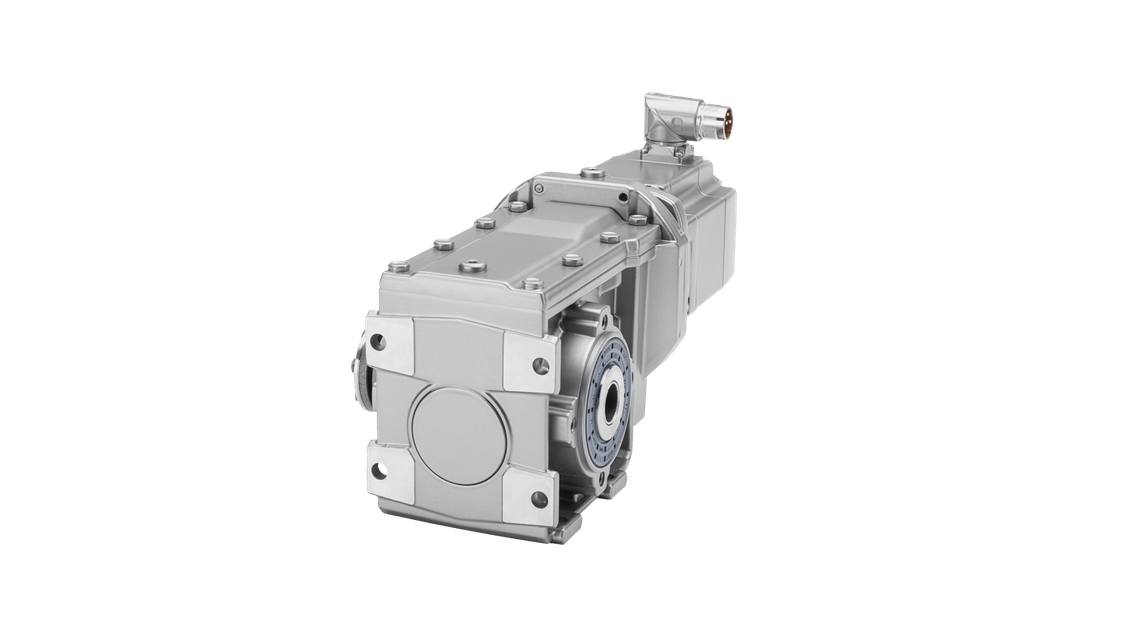

Whoever starts the engine for the first time, dealer or end user should follow this procedure. Cylinder pressure, oil pressure and a number of other perameters are measured. During the end of line test they are spun up with an electric motor to about 3000 rpm with hot oil. We don’t actually run the engines at our factory, they are put on a special computerized machine similar to a spintron for end of line testing. Keep in mind that S&S engine have higher lift cams and pretty strong springs. The heat cycling does two things, it helps the head gaskets to seal and it also makes the valve springs last longer. Saves some bucks! We’ve done it both ways and it works either way.

It makes sense since your going to change oil at 50 miles any way. Oil – Some folks like to break in with dinosaur oil, and switch to synthetic afterward. Engine damage caused by improper break-in is not covered under the S&S warranty.īruce from S&S here.

Correct breakin will assure longer engine life and will prevent unnecessary engine damage. S&S engines are designed for high performance and as such are not as tolerant of inadequate break-in as stock or lower performance engines. After 1000 miles, verify carburetor jetting and adjustment. Avoid overheating or putting any hard strain on the engine: no drag racing, dyno runs, excessive speed, trailer towing or sidecar operation.Ĩ. You can be more liberal with the rpm range and motorcycle can be operated at normal highway speeds. For the balance of the first 1000 miles the motor can be run in a normal but conservative manner. S&S voids it’s guarantee if engine is not broken in properly.ħ. CAUTION: Lugging or running engine prematurely at sustained high rpm may result in damage to pistons and other engine components. We recommend changing the oil a gain at 500 miles. Avoid continuous steady speeds, and do not lug the engine. The next 500 miles should be spent running engine no faster than 3500 rpm or 60 mph. We recommend changing the oil at 50 miles.Ħ. Avoid lugging the motor, riding in hot weather or in traffic. Keep heat down by not exceeding 2500 rpm. Engine damage is most likely to occur during this period. The first 50 miles are most critical for new rings and piston break-in. After the motor has cooled to room temperature for the final time you are ready to start the 1000 mile engine break-in process.ĥ. Do not allow engine temperature to become excessive. The motor should not reach that temperature during these cycles.
S and s motor full#
Don’t be too concerned with final carb settings at this time because idle speed and mixture cannot be correctly set until the motor reaches full operating temperature. You can be more liberal each time with the rpm, gently vary rpm continuously from idle up to 2500 rpm in the final cycle. Each successive time it should take slightly longer to warm up and you can increase the temp slightly each time (+10°). Follow the same cautions as for the initial start-up, and continue to watch for problems.Ĥ. When the cylinders become warm/ hot to the touch (approximately 150°) shut the motor down and let it cool to room temp. Engine should be run no longer than three to four minutes. After engine has cooled, start up again and allow the motor to build some heat. Shut off engine and thoroughly check for any leaks or other problems. During this time, check to see that oil pressure is normal, that oil is returning the oil tank, and that no leaks exist.Ģ.
S and s motor crack#
DO NOT crack throttle or subject to any loads during this period as head gaskets are susceptible to failure at this time. Run engine approximately one minute at 1250-1750 rpm. Below the correct procedure to break-in your engine.


 0 kommentar(er)
0 kommentar(er)
